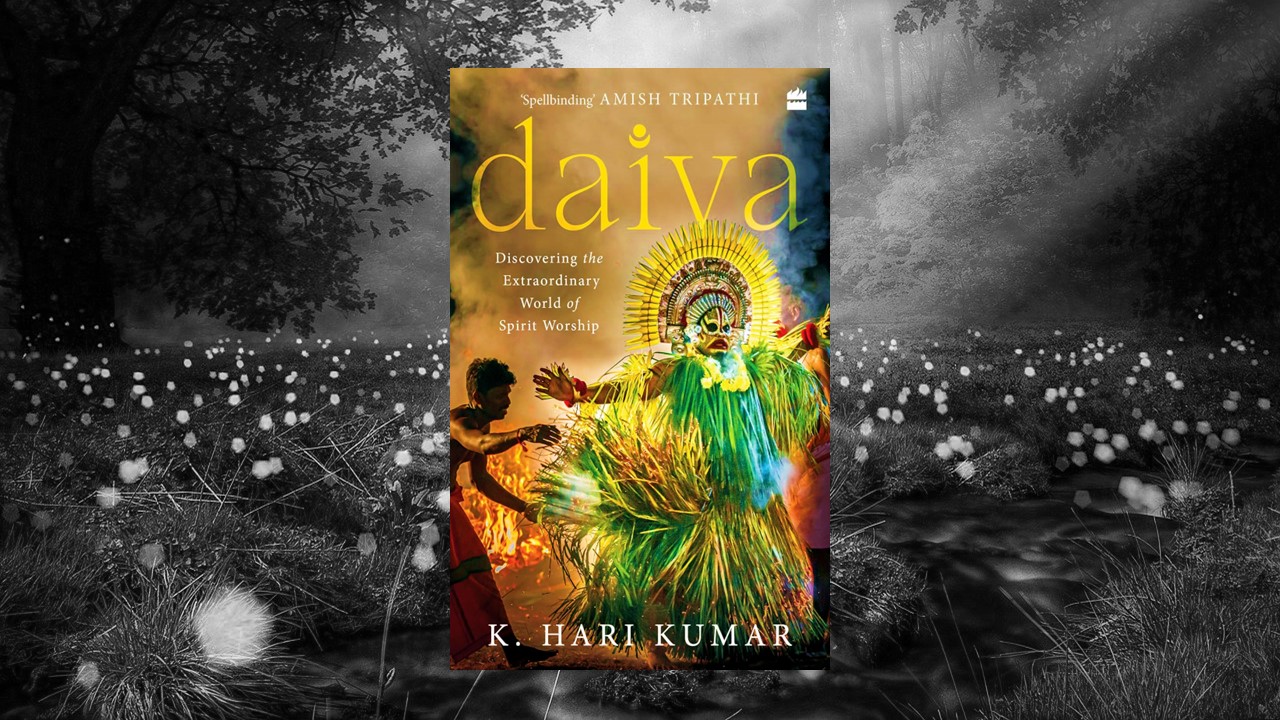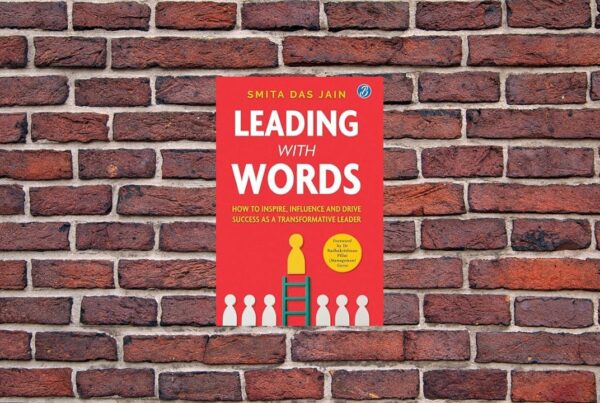K. Hari Kumar’s Daiva transports you to the world of kola performances. The dancers of Tulu Nadu put up vibrant, energetic performances to invoke sacred spirits to possess them, to help answer questions, solve problems, and grant blessings. The author introduces us to the powerful Daivas and their worship (Daivaradhane) which is prevalent in Tulunadu.
The author describes the geography of the region and the rich history of the Tuluvas, their diverse customs, and beliefs. His sojourn begins at Kateel temple and immerses you into a world brimming with lore, legends, and faith. The book is divided into two parts – ‘In Search of Satyolu’ and ‘The Stories of Satyolu’. The first section is dedicated to the history and rituals around the spirit worship. The second section covers the individual stories of sacred spirits.
The author explains who the Bhootas are and how the concept of spirits and their interpretation varies in different philosophies. He links back these spirits to the Hindu mythological tales and finds commonalities. He describes the kola rituals in detail, including the arrangements made, the practices followed, and even the intricate details of the dancer’s attire.
The author’s anecdotes of his visits to his hometown and his experiences viewing the kola dances stood out to me as a reader. There were many things I could resonate with – especially the beliefs around serpent groves and serpent worship. Some anecdotes elicited a chuckle – an incident is described where Guliga Daiva searches for chicken during a kola offered by a vegetarian household, only to find ash gourd instead.
The book has been meticulously researched and abounds in many Tulu words. As a reader, I found the folktales to be fascinating – especially the legends of Panjurli, Kallurti, Kalkuda, and Guliga. I had goosebumps while reading some of the stories.
Daiva is an immersive experience, painting a rich tapestry of culture and beliefs. It is quite intense and may not be for everyone, but for those interested in knowing about spirit worship, mysticism, and folklore, this is a gem.




